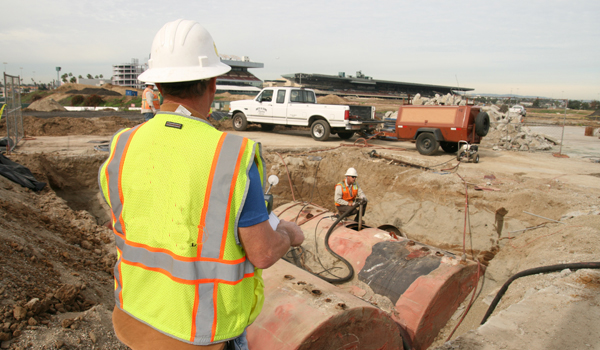Soil vapor extraction (SVE) is a technology used to clean up contaminated soils and groundwater by removing hazardous vapors from the subsurface. It is a cost-effective, low-impact method of removing volatile organic compounds (VOCs), semi-volatile organic compounds (SVOCs), and other contaminants from the environment.
How Does Soil Vapor Extraction Work?
Soil vapor removal works by creating a vacuum in the subsurface that draws out VOCs and other contaminants. A system of pipes is installed in the ground to create an underground chamber that traps vapors. The vapors are then drawn to the surface where they are collected and treated. This process is repeated until the desired level of contamination is achieved.

Advantages of Soil Vapor Extraction
SVE is an effective way to clean up contaminated sites. It is relatively inexpensive compared to other remediation strategies and can be completed quickly. Additionally, it can be used in areas with tight spaces and can even be used in areas where excavation is not feasible. It is also non-invasive, meaning that it does not disrupt the natural environment.
Conclusion
Soil vapor extraction is a cost-effective and low-impact method of cleaning up contaminated sites. It is often used in areas where excavation is not feasible and is non-invasive. However, it is not suitable for all types of contamination and may not reach all areas of contamination.
